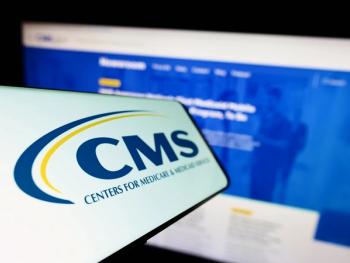
CMS Cell and Gene Therapy Access Plan Earns Reprieve After Trump Halt
President Trump signed an executive order on the day of his inauguration that created doubts about the future of a program that helps state Medicaid programs pay for expensive cell and gene therapy.
A federal program started under President Biden to help state Medicaid programs cover the cost of pricey cell and gene therapies (CGT) is moving forward, after a brief period of uncertainty after President Trump came into office and rescinded a broad list of his processor’s executive orders.
The CGT Access Model aims to address a key challenge for Medicaid programs: how to pay for one-time, multimillion-dollar gene therapies while operating under fixed budgets. The program will initially focus on sickle cell disease, a genetic blood disorder that disproportionately affects Black Americans, and include two recently approved gene therapies: Bluebird Bio’s Lyfgenia (lovotibeglogene), and Vertex Pharmaceuticals’ Casgevy (exagamglogene), according to a December 2024 CMS
The model operates by allowing CMS to negotiate multi-state, outcomes-based agreements with drug manufacturers. This means that states participating in the program will not only receive the standard Medicaid drug rebates but will also benefit from additional rebates tied to patient outcomes. The program also includes outcomes-based agreements, so that if the treatment does not work as expected, manufacturers may be required to reimburse states for a portion of the cost.
The program was set to start in at the beginning of the year, until President Trump issued a broad
Margaret Scott, M.S., M.P.H., a principal at
“This is the first time that CMS is negotiating on behalf of states,” Scott said. “So the benefit to states of this program is that the negotiation is centralized at CMS. And in addition, CMS will be doing a lot of the legwork and data aggregation to monitor patient outcomes for these particular gene therapies. So that's relieving some administrative burden on the states.”
Newsletter
Get the latest industry news, event updates, and more from Managed healthcare Executive.






















































